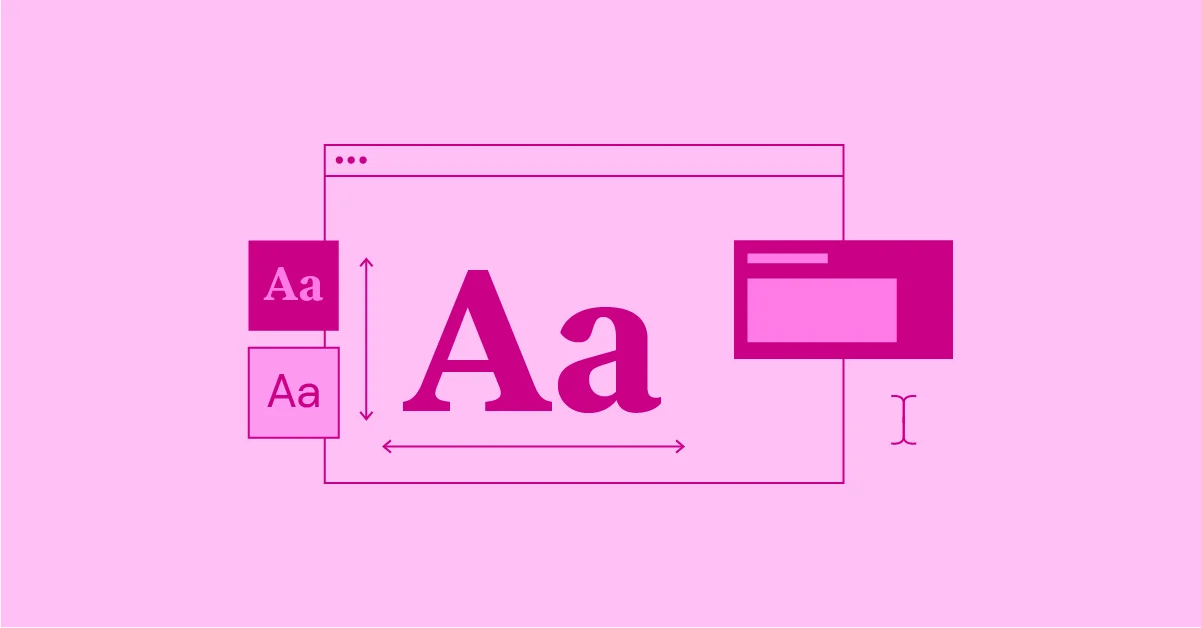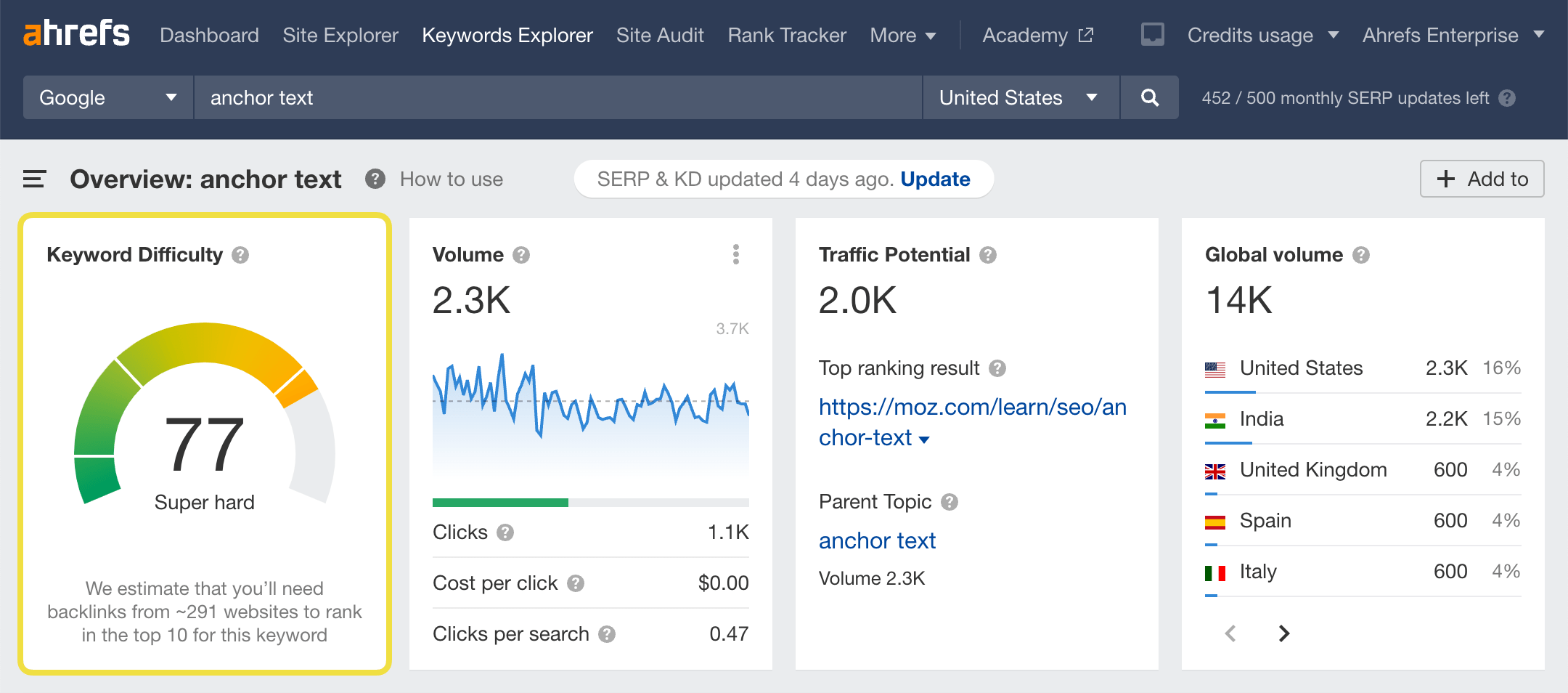Elementor 3.29 brings a brand new Pro Features -- Cloud Templates Cloudtemplates. This feature lets you create, save and share templates across all your sites in just a few clicks, dramatically increasing productivity and design consistency.
![Image [1] - Elementor Cloud Templates: a template revolution created once and called by multiple sites](http://gqxi.cn/wp-content/uploads/2025/06/20250616092036826-image.png)
Why do you need cloud templates?
As web designers, we are always looking for ways to make our workflow more efficient. However, reusing templates across multiple projects is always a challenge, and in the past you may have encountered the following issues:
- Rebuild the same components for each new site
- Each project maintains separate template folders locally or in the cloud
- Cumbersome and error-prone process of importing and exporting templates
- Time-consuming to copy and paste page components across websites
These issues make it difficult to maintain design consistency and affect the efficiency of project delivery. Now, these woes are solved by Cloud Templates.
Cloud templates: templates available everywhere
Elementor 3.29 revolutionizes the way you design with the introduction of Cloud Templates. Unlike Site Templates (formerly My Templates), which were limited to a single site, Cloud Templates are designed for multi-site collaboration.
You can connect to any connected Elementor Pro Account's website to access, save, and recall these templates - including pages, blocks, containers, etc. - with styles and content intact.
![Image [2] - Elementor Cloud Templates: a template revolution created once and called by multiple sites!](http://gqxi.cn/wp-content/uploads/2025/06/20250616092156351-image.png)
No need to repeat builds
No local storage required
No need to export and import
Support for cross-site design harmonization
Who is a good candidate for Cloud Templates?
For website builders or agencies:
You've created a stunning Hero Banner for a client, and a few days later another client needs a similar design. Whereas before you might have had to start all over again, now you can simply open Cloud Templates, call up the template directly, and make quick changes to get the job done.
For multiple sites under the brand:
You've created product display blocks on the main site that now need to be reused on the sub-sites. Whereas before you might have rebuilt or looked up old items, now you can simply pull from the template library and apply them, keeping your branding style consistent.
For all:
Whether you're a freelancer taking on multiple cases or an expanding team of site builders, you can use cloud templates to accumulate your high-quality design modules: contact forms, client testimonials, classic header and footer layouts ...... Over time, you'll have an efficient, systematic repository.
Quickly save templates to the cloud
Saving templates is very easy and intuitive:
- Right-click on any element (e.g. block, container, etc.) or click on the drop-down menu next to the "Publish" button
- Select "Save as Template"
- Select "Cloud Templates" in the target location (not "Site Templates")
- Name and save
Upon completion, this template is synchronized to the Elementor Pro account, log in to any site and access it for use.
![Image [3] - Elementor Cloud Templates: a template revolution for creating once and calling from multiple sites!](http://gqxi.cn/wp-content/uploads/2025/06/20250616092216884-image.png)
Calling cloud templates across sites
It's just as easy to use the template on other sites:
- Click on the "folder icon" in the page editor to open the template library.
- Go to the "Templates" tab.
- Select "Cloud Templates" in the upper left corner.
- Browse the templates and click insert to use
Elementor automatically downloads and inserts templates, preserving the full style and content, eliminating the need for manual import.
![Image [4] - Elementor Cloud Templates: a template revolution for creating once and calling from multiple sites!](http://gqxi.cn/wp-content/uploads/2025/06/20250616092237843-image.png)
Manage the template library more efficiently
As the number of templates grows, so does the importance of management.Cloud Templates provides the following features:
- Folder Management: By client, project type or template type (e.g. header,footers,form (document)) Categorized and Organized
- Rename and Delete: Adjust the name of the template at any time or remove content that is no longer in use
- batch operation: Select multiple templates at once for deletion, moving or copying (supports local and cloud inter-conversion)
- View Switching: Support list view and thumbnail view free switching, quickly locate the template
![Image [5] - Elementor Cloud Templates: a template revolution created once and called by multiple sites](http://gqxi.cn/wp-content/uploads/2025/06/20250616092253293-image.png)
Migrate existing templates to the cloud
If you already have a bunch of "site templates" stored locally, you can now migrate them easily:
- Open the Site Templates library
- Select the templates to be migrated (batch selection is supported)
- Copy or move to "Cloud Templates" Library
You can also upload template ZIP files saved directly on your computer or in the cloud to quickly build a design library.
![Image [6] - Elementor Cloud Templates: a template revolution created once and called by multiple sites](http://gqxi.cn/wp-content/uploads/2025/06/20250616092309456-image.png)
Start building your cloud template library
Cloud Templates The Cloud Templates feature lets you do just that:
Create once, call anywhere, manage freely
Whether you're collaborating across sites or on individual projects, this feature improves efficiency and design consistency. Upgrade now to Elementor Latest version to start building your design library.
Link to this article:http://gqxi.cn/en/59643The article is copyrighted and must be reproduced with attribution.
























![Emoji[jingya]-Photonflux.com | Professional WordPress repair service, worldwide, rapid response](http://gqxi.cn/wp-content/themes/zibll/img/smilies/jingya.gif)






No comments